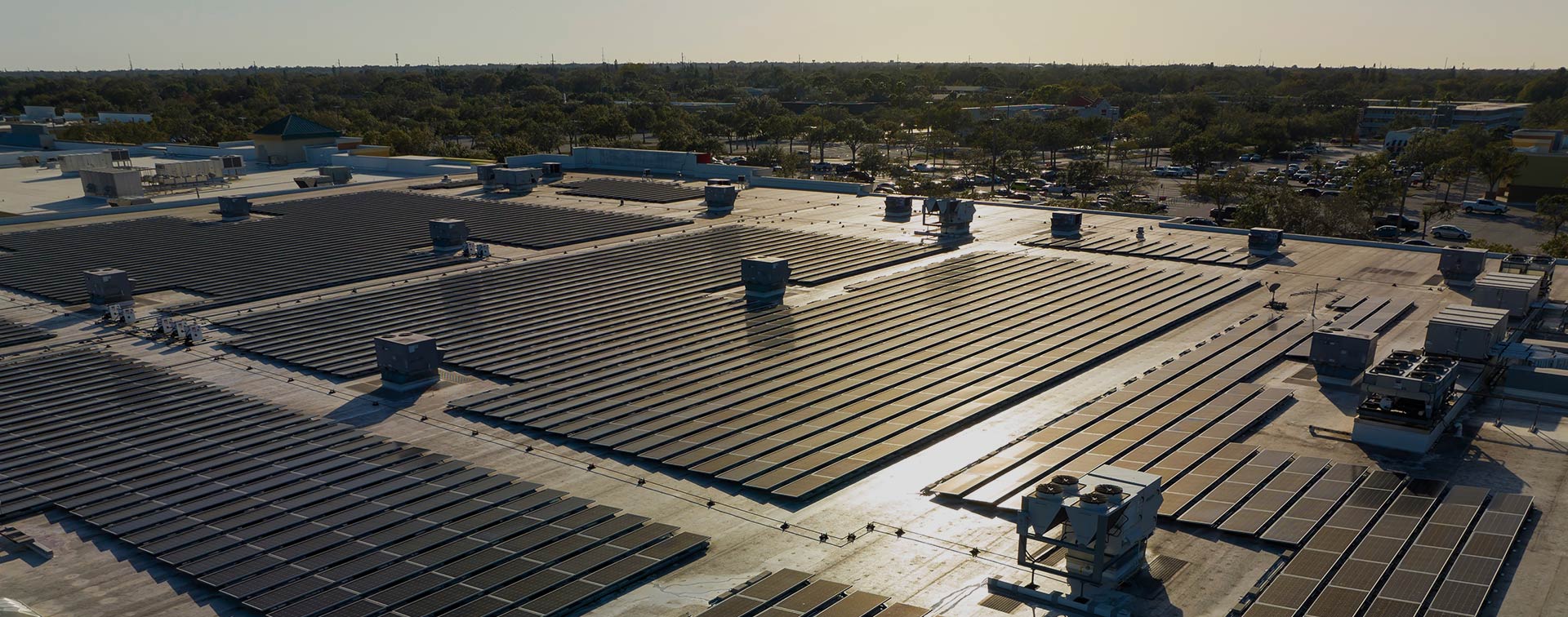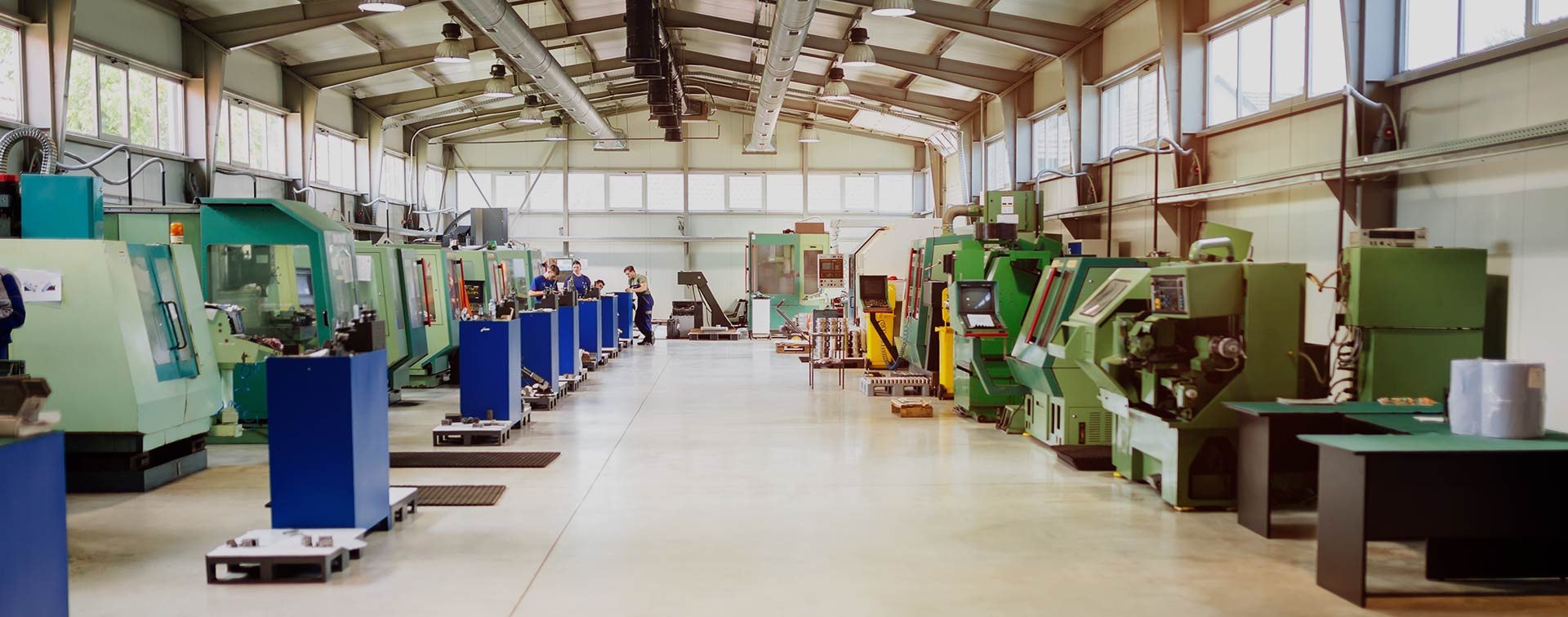It’s a relatively unknown fact that the Manufacturing Industry pioneered MRP and ERP technology, long before other industries caught up. In the 1960’s, two leading manufacturers, Black and Decker and Toyota were the first major manufacturing companies to make a significant investment into what was at the time known as MRP or “Material Requirement Planning” software.
This software, by today’s standard was relatively basic in the functionality it offered, however it provided a competitive advantage to organisations by providing the automation of calculations related to demand and supply planning. This information was used to optimise procurement, inventory management and warehouse management and was the starting point for the integrated business management platforms that are in use today.
So, what is a legacy MRP Software?
Materials Resource Planning, (which later changed to Manufacturing Resource Planning) provided a limited scope of functionality, mostly to do with optimising procurement, demand and supply planning and manufacturing WIP and Routing. Until recently, manufacturers would also need to maintain Accounting and Financial Management software, as well as Sales and CRM software to cover off all departments of their business.
The problem is though, that having too many disparate systems creates complexity, adds to IT overheads, and limits the usability of data being collected in each silo.
Enterprise Resource Planning (ERP) a new era for business software.
In the early 1990’s, a new breed of software packages started to gain momentum. Whilst MRP provided some support to manufacturers, they were wanting a more consolidated solution to manage the increasing complexities of manufacturing.
As manufacturing became more advanced, so too did the software that was used to manage the front and back office functions of a manufacturer. ERP, a term coined by Gartner extended the traditional MRP platform to include more advanced and integrated features such as Accounting and Financial Control, Warehouse Automation and Advanced Demand Planning. Whilst this was a step in the right direction, there were still several areas of a manufacturing business that were largely unsupported.
Cloud technology brings everything together.
Most recently, the concept of both ERP and MRP have largely been dwarfed by the concept of a complete Business Management Platform. These platforms provide deep functionality across all areas of the business including:
… the list goes on.
But the point of the software is to provide growing businesses with a single source of truth and a simplified software ecosystem. Cloud Business Management Platforms, like NetSuite offer just that. A modern technology stack to manage every facet of a growing manufacturing business.
By having everything in one platform businesses can get greater insights into their data and get better business intelligence to support strategic and operational decision making.
NetSuite is the world’s first, and leading Cloud Business Management Platform. With over 40,000 organisations across the world having already embraced the cloud BMP, it’s easy to see why NetSuite is chosen more than any other Cloud BMP.
For over 5 years, Klugo have been helping Aussie businesses embrace this revolutionary system and take back control of their businesses. NetSuite has solutions for all types of business, across a wide range of industries and at any stage of their growth cycle.
So, what are the impacts of embracing a complete Business Management Platform Solution?
- No Integration– Because a BMP is a single system across an entire business, there is no need to worry about building or maintaining integrations between different legacy systems. This modernising technology not only saves massive amounts of IT Overheads, it also minimises the risk associated with regular upgrades to the system.
- End User Personalisation – When a business is running on a cloud BMP, each user has more control over their dashboards and roles, to ensure that they are only seeing information and functionality that is relevant to them. One of the biggest gripes we hear for our customers when talk about their old systems, was the fact that navigating and finding information was difficult, largely due to the clutter that functionality which didn’t relate to their roles caused. With NetSuite, users can design how they wish to see information through drag and drop tools. Managers can empower their users and associates to make the most of the software and increase their businesses’ efficiencies.
- Simple cost structure – When looking at the IT costs of a business, companies who are not embracing True Cloud BMP’s face uncertainty and risk. Depending on the industry, businesses will be spending money on software licenses, maintenance and support agreements, hardware and infrastructure, API development and maintenance, servers, whether cloud or on premise, and the risks that come along with security, backups and storage. True Cloud BMP’s offer all these technologies rolled into a single powerful business differentiator for just a monthly fee.
If you are interested in learning more about how NetSuite can help your Manufacturing Business grow and how reduce your IT overhead, contact one of our experts today.


